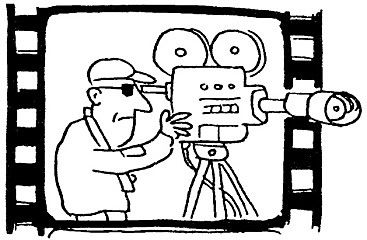The UN group of experts report sustains the ongoing war in the Congolese Kivus
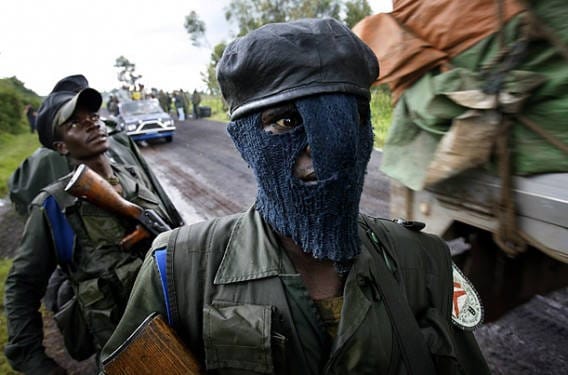
Nothing really new is happening on the battlefront in the Congolese Kivu provinces; Goma is still encircled by the M-23, the fresh FARDC units and equipment that was sent to the area were ineffective, the SADC presence only seems to be a political move because the South-Africans avoid direct military confrontation with the rebels, the mercenaries only seem to be present to receive a lot of money, nobody sems to be able to control the recently formed wazalendo-gangs and the peace processes that were set up to start negotiations lost all there credibility. Mainly because Kinshasa refuses to talk. The UN forces on the ground remained useless and, as before, its leadership in Kinshasa showed no signs of initiative. The lull in the fighting started with the elections in Congo. With these elections the Congolese population signed off for another term of Tshisekedi misery. Kinshasa announced with the usual trumpets a new offensive in the north of the M23 zone, around Kanyabayonga and Rwindi. But that one also stalled when it became clear that the rebels did not want to expand their liberated zone but that they were only after the newly brought inn military hardware the FARDC was showing off with. In the meanwhile, the M23 was able to reinforce its troops in the field, train new ones and work on its political profile. So, what changed and what happened in the meanwhile?

Media campaign
The first thing that can be said about this is the ‘Forbidden Stories’ media-campaign that was set up by several well known and popular European media houses and to which 50 journalists contributed. This story was strung up on the story of the Rwandan journalist John Ntwali of which these journalists believed that he was killed by the Rwandan authorities. We already published our answer to this campaign: it was utterly biased, one sighted and completely based on the narratives of the Rwandan extremist Hutu lobby that is gaining ground again in Europe. While hiding themselves under an umbrella of so called ‘investigative journalism’ these journalists were able to inflict a severe blow to the image of the regime in place in Rwanda. The storm blew over – as most of them always do – but there is one question that remains unanswered: how is it possible that so many journalists took the bible of the extremist Hutu lobby for the only truth? And how is it possible that they didn’t even took a serious effort to double check these (biased) facts? There can only be one answer to this question: the anti-Kigali lobby in Europe is getting stronger by the day, its members of which several are related to well known genocidaires or even committed these crimes themselves are becoming more and more vocal. The ongoing war in Congo where their military wing, the FDLR, is making its last stand to survive certainly plays a big role in all this. This same FDLR is a terrorist organization that is fighting alongside the FARDC (regular Congolese army) with several other militias of the same criminal posture.
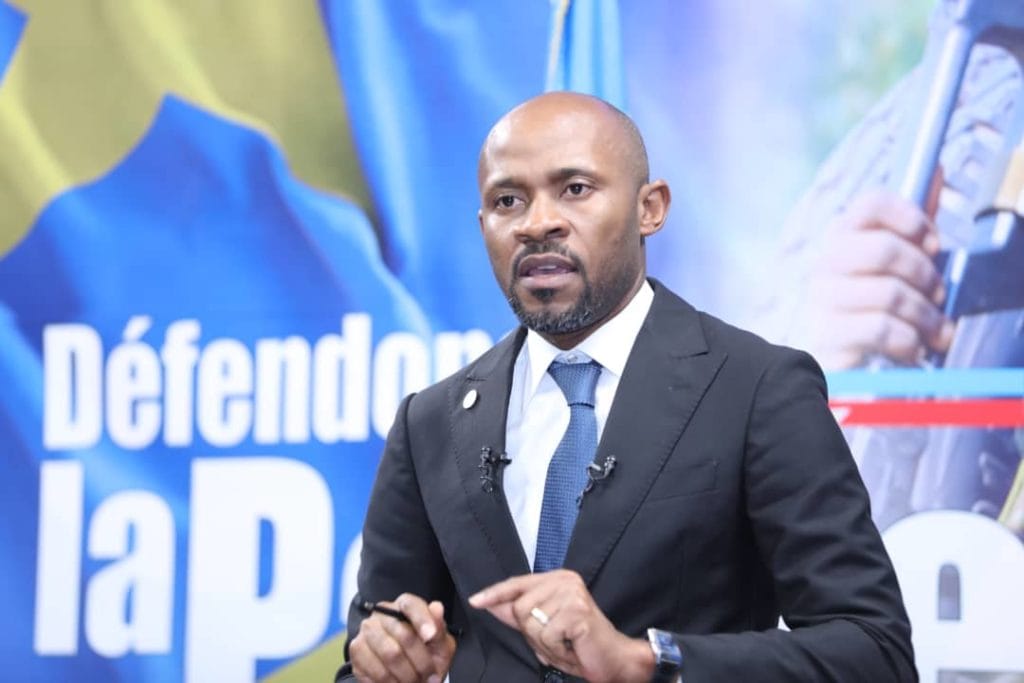
The Hutu lobby partnered up with the propaganda machine of Patrick Muyaya, the Congolese minister of information and spokesperson of the government. It all started when president Tshisekedi needed victims that could easily be accused of all the mishaps during and before its reign. The M23 was an easy target: 3 years ago, this organization was still weak and less organized. They had picked up their weapons again because the government had not respected the deals that were made before, when they withdrew into Uganda. But most of the M23 were Tutsi’s and the anti-Tutsi rhetoric had always proved useful for Congolese leaders such as Mobutu and Kabila to cover up their own weaknesses and their own corruption practices. As the M23 was able to play military ping pong with the FARDC reports started to come out that this organization was supported by the Rwandan army. 3 or 4 years ago this was certainly not the case but as the FARDC needed the extremist FDLR and the Nyatura (extremist Congolese Hutu rebels) as canon fodder and as the FDLR received tons of new weapons and money from Kinshasa the whole situation turned into a treat for Kigali. Very soon the M23 was portrayed as a part of the RDF-force (Rwandan army), the claims of the M23 were pushed aside, as well as the whole history of the region. The few Tutsis that had remained in North-Kivu after all the previous pogroms were now targeted openly in a way that reminds us of the situation during the Rwandan genocide. With the difference that the whole Masisi region and the plains of Rutshuru were already largely emptied of its original Tutsi population: in between 1994 and 2015 the Tutsi population in this region shrunk from 220.000 souls to 10.000 of which a relatively big number was living in Goma.

These people fled to neighboring countries, others were killed and in an extra effort to ‘clean up’ the region the OIM (World Immigration Organization) sent thousands of Kivu Tutsis to the US, Australia and Canada. We denounced this practice at least ten times but nobody seemed to care. Our good friend Aloys Tegera published a very good background article about the history of the region and the way in which the extremist narrative gained ground here. Tegera can fall back on years of personal research in the field: https://conspiracytrackergl.com/cross-border-genocide-ideology-the-case-of-the-democratic-republic-of-congo/.
Forbidden Stories based some of the articles they wrote about Rwanda’s activities in the DRC on writings of people such as Charles Onana, a guy who has been condemned several times for its denialist and revisionist theories. These journalists clearly did not do their homework.
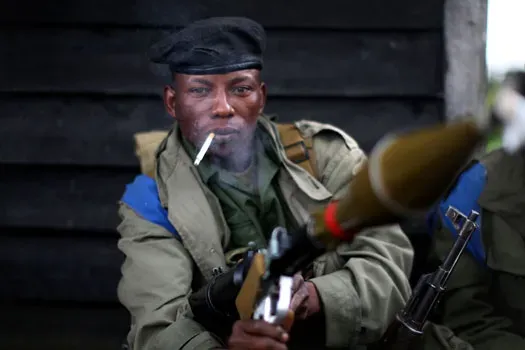
UN report
We received a first copy of this report a couple of weeks ago and we decided to read it twice. The first part of the report is general and easy reading and the part that contains the annexes is much more interesting as it is supposed to contain the evidence such as drone pictures. My first impression was that they did a better job this year as in the previous editions; they showed so called evidence that the Rwandan army was present in the DRC and helping the M23. But they also came up with more solid evidence that the FARDC is being supported by the FDLR and that the FDLR integrated its ranks. They accentuated that the ADF-Nalu is probably the most violent armed group amongst all the present militias. Apart from several details that journalists or researchers on a more limited budget and time frame could never have discovered this report does not contain anything new or shocking: we already knew that the Rwandan army was present in the DRC and the fact that Tshisekedi is relying heavily on criminal and terrorist groups such as the FDLR, Nyatura, NDC-R and CODECO was this time better documented. ADF-Nalu is being described as the most violent and nasty kid on the block but its actions get not as much attention as the whole M23 issue, the less violent group. On Twitter one of the people who follow up on Congo on a regular basis even started counting the number of pages each militia was described on. The imbalance is indeed clearly visible.

Another remark that can be made is the fact that they clearly tried very hard to find negative things about the M23; they put big accents on topics such as f.i. forced recruitments of child soldiers. We have been walking and living with the M23 for many days last year and we know that the organization does not recruit children to do their fighting. Another argument they use is that the M23 focuses its activities on the local Hutu population. The areas in which they live have always been hot beds of extremist Hutu activities. With their husbands and sons in the Nayatura and/or the FDLR on the run most of their families also became IDP’s. These are the normal consequences of the ongoing war in which the FDLR is now on the losing side. But the M23 never took revenge on civilians. In a couple of cases where it happened anyway the M23 soldiers or units on the spot were punished afterwards. Patrick Muyaya’s propaganda mill tried to score several times with arguments like these: they accused the M23 to have killed hundreds of innocent civilians in Kishishe and Bambo, but these claims turned out to be fake.
The UN experts have a point when they claim that Rwanda is not respecting international laws when they are present in Congo without the consent of the government. But this claim becomes very weak when you know that Tshisekedi is actively supporting the FDLR who are posing a threat to Rwanda. When you start analyzing the causes of this conflict this claim becomes even more weak. When you throw, on top of that, the attitude and the policy of the international community this same claim becomes a ridiculous argument. The US and with them several other European countries do not seem to understand that a valid solution to end the violence in the Kivus cannot be found without plunging back into the history of this region. And once those causes are brought into balance the different protagonists should be willing to accept open negotiations to solve the problem. The UN report that will be published next week lacks this kind of info. Sanctioning Rwanda to send troops into the DRC will miss its effect and this would implicate that the government in Kinshasa would have to be sanctioned as well with f.i. weapon embargos, the obligation to disarm and to arrest the remaining FDLR, etc. This will never happen, and everybody knows this.
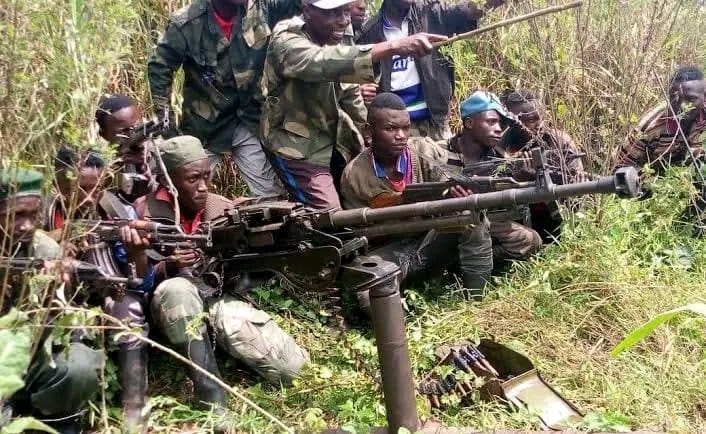
The UN lost its credibility big time in 2013 when it promised openly that after the withdrawal of the M23 the FDLR would be curtailed. The man who orchestrated this circus was Martin Kobler and this time the M23 will not bow for a scenario like that, sanctions or no sanctions. And the Rwandans will not bow for this either. The M23 controls the situation on the battlefield, Goma is de facto encircled. The airports of Kavumu, near Bukavu, and Goma can be blocked at any time. This time the M23 will not stop before their refugees have returned from abroad, their possessions will be restored, and their protection will be guaranteed.
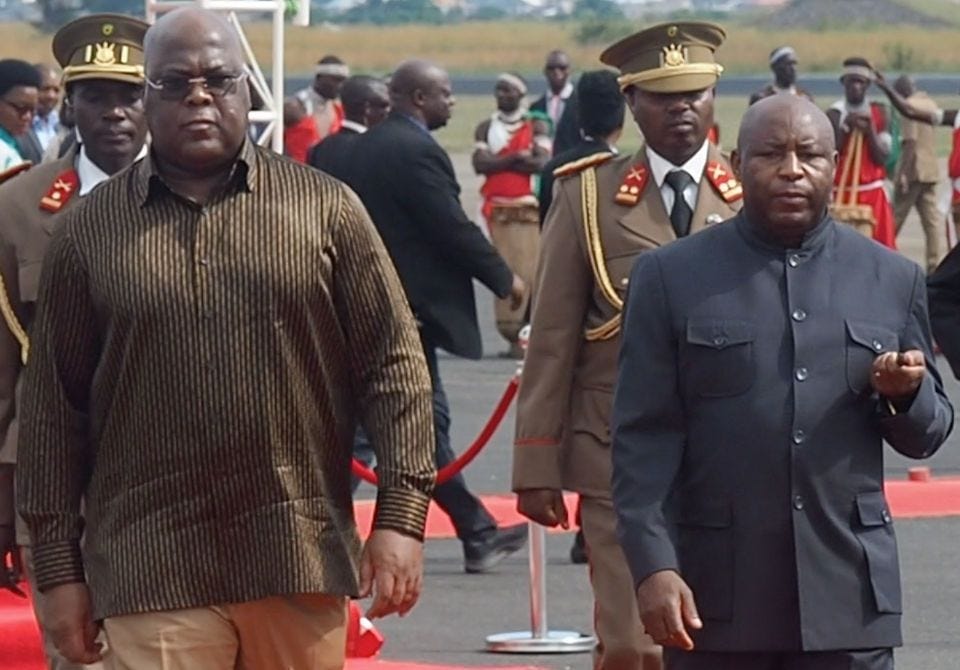
Apart from the fact that the UN experts report unveils some new, smaller elements it lacks the foundation to solve the problems as it fails to unveil the real causes of this war. Addressing these issues in the DRC is very difficult since nobody seems to master the real history of the country. It fits perfectly the narratives of big superpowers such as the US who want to maintain the weak structure of the Congolese state so that the outflow of minerals can be guaranteed. This report also covers up the weakness of the UN itself who is actively supporting and backing up the stubbornness of the clique in power in Kinshasa. Stronger and better organized Kivu provinces could have a domino effect on other regions in the country. Unpredictable and unbalanced presidents such as Tshisekedi fit well in this scenario. He might be foolish enough to start a regional war. To be followed….
Adeline Umutoni & Marc Hoogsteyns – Kivu Press Agency
